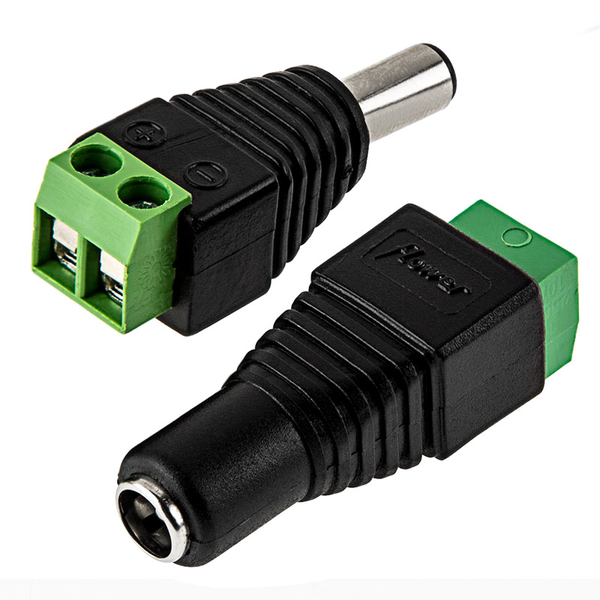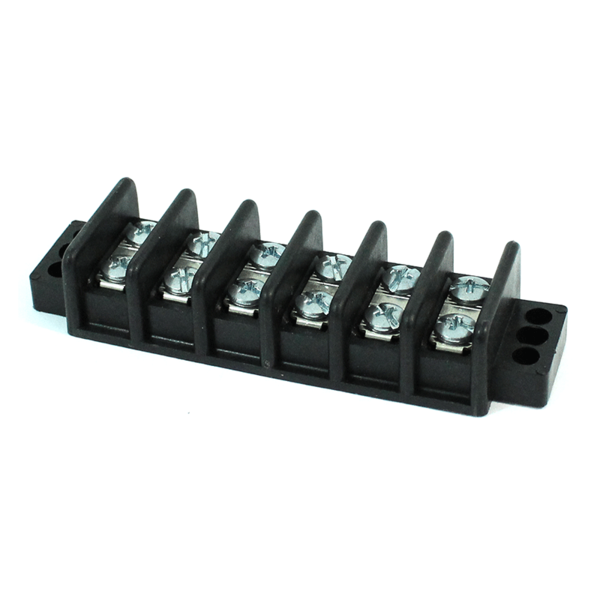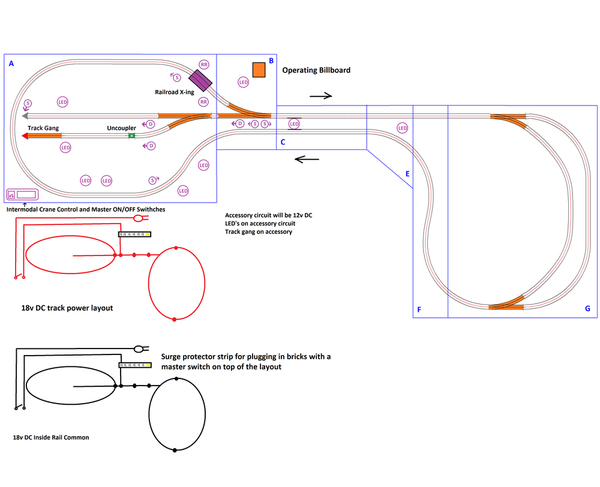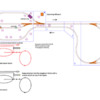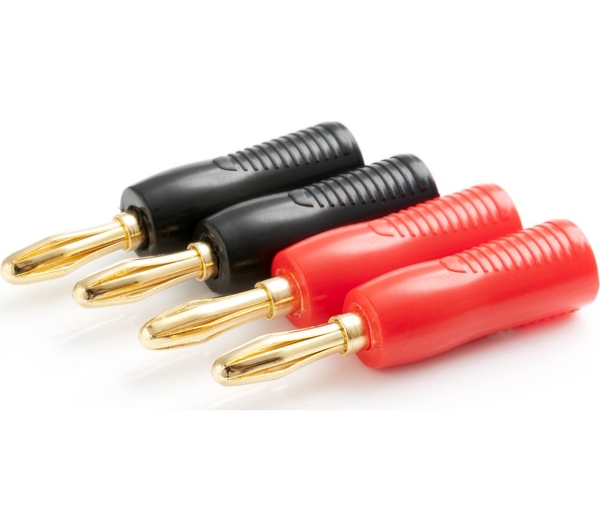The plot thickens...
My layout project moves from planning and benchwork to electrical, and from forum topic to forum topic. This is where I really need help. I know nothing about electricity.
I plan to run Lionchief and Lionchief Plus locomotives on my layout. So track power will need to come from an 18V DC brick or two.
Having a master ON/OFF switch within easy reach is a must.
I'd like to run 12V DC for accessories. This layout will have the Lionel track gang, animated billboard, intermodal crane, MTH crossing gate or two, Atlas uncoupling track, and a bunch of LED's. I'm cornered into using Fastrack switches, as that's the only things I know of that will work off DC.
Below I've sketched out where I would like to place animated accessories and model cars with led lights.
LED = model cars
RR = MTH Railking crossing gates 30-11012 (which I haven't bought yet) activated by the outside rail.
D = LED dwarf signals (Not purchased yet. No idea which ones to get). I would like to avoid using infrared activation.
S = 3 light block signals (again, not purchased yet, and little idea which one to get), with a facing arrow. I haven't decided where to place them yet, nor how to separate them into different blocks. Again, I would like to avoid using infrared activation here as well.
A, B, C, D, E, F, and G are different layout modules I've made for easy transportation in a minivan. Once this layout is well on it's way, expect to see it at various train shows on the Eastern seaboard. For easy, fast and reliable connections I was thinking of using these...
... 2.5 mm for track power and 2.1 mm for accessory connections.
Speaking of connections, these terminal blocks look nice for accessories. I was thinking of painting the positive power block screws in the same color as the positive wire.
Here's my rough sketch of where track and accessories should go. Circles on the red and black wire diagrams would be the barrel connectors between each module.
I'm using Atlas track, and I plan to drop 18 ga feeders from every section using screws in the track and soldering to 14 ga bus wire under the layout.
I'd like to run two trains at the same time with smoke units on. The first train is a Hogwarts Express. The second is the Union Pacific et44ac Lionel will, fingers crossed, deliver by Christmas.
Please help. How do I wire this layout?




